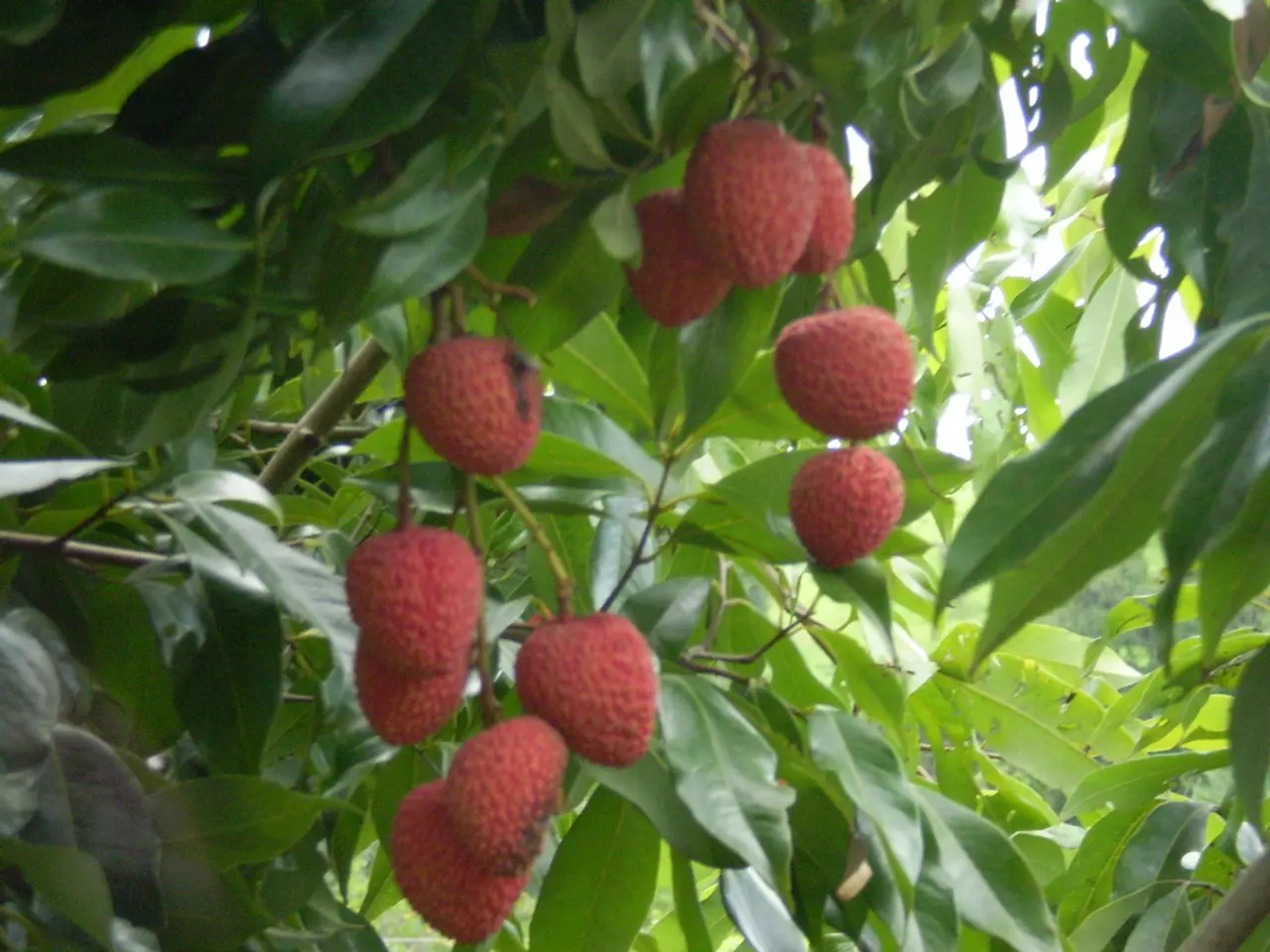Strategies for Expanding the Size of Strawberries: Discover 5 Methods for a Richer Harvest
=========================================================
In the quest for a bountiful and delicious strawberry harvest, growing larger berries can be a rewarding goal. This guide offers practical tips and advice to help you achieve that goal.
Choosing the Right Cultivars
To grow larger strawberries, select cultivars known for their big fruit such as Whopper, Chandler, Camarosa, and Ozark Beauty. These varieties tend to produce large, high-quality berries and are adaptable to many growing zones [1][3][5].
Growing Conditions
For optimal fruit size and sweetness, provide your strawberries with full sun (at least 6-8 hours daily) [1][5]. Plant them in well-draining, fertile soil rich in organic matter, ideally with a slightly acidic pH around 5.5 to 6.5 [3]. Space plants 12-24 inches apart to reduce competition and improve air circulation [5].
Watering
Maintain consistent moisture, especially during flowering and fruiting stages. Water deeply about once or twice a week, providing roughly an inch of water each time. Avoid overhead watering that wets the foliage to reduce disease risk [4].
Fertilizing
Use a balanced, slow-release fertilizer at planting and again at the start of the flowering season. A balanced 10-10-10 fertilizer is recommended for strawberries [2]. After runners root, fertilize young plants every other week with the same balanced fertilizer until established [2].
Runner Removal
Removing runners (the stolons that produce daughter plants) can help the mother plant focus energy on producing larger fruit rather than new plants, especially in June-bearing varieties. For everbearing and day-neutral types, moderate runner pruning is suggested to balance propagation and fruit size [2].
Plant Maturity Tips
Start with certified virus-free plants from reputable nurseries for vigorous growth and fruiting [3]. Strawberries can fruit the first year for some cultivars (like Ozark Beauty), but fruit size and yield improve as plants mature over 2-3 years [1]. Regularly remove damaged or old leaves and mulch to conserve moisture and keep fruit clean.
Mulching and First-Year Care
Mulching strawberries helps to deter weeds, keep soil cool, and retain moisture. In the first year, many gardeners opt to pinch off the strawberry flowers, rather than allow them to fruit, allowing plants to put their energy into producing a better crop the following year.
In summary, for larger strawberries: select big-fruiting cultivars, grow in full sun with fertile soil, keep watering even and deep, fertilize balanced nutrients, manage runners properly, and allow plants to mature over a couple of seasons for best results. Happy growing!
[1] Gardening Know How. (n.d.). Growing Big Strawberries: Tips and Tricks. https://www.gardeningknowhow.com/edible/fruits/strawberries/growing-big-strawberries.htm
[2] The Spruce. (2021, March 10). How to Grow Strawberries: A Beginner's Guide. https://www.thespruce.com/growing-strawberries-1412762
[3] The University of Maine Cooperative Extension. (n.d.). Strawberries. https://extension.umaine.edu/publications/4535e/
[4] The University of California Agriculture and Natural Resources. (2021, February 19). Strawberries: Cultural Practices. https://ucanr.edu/sites/Strawberries/files/310954.pdf
[5] The Old Farmer's Almanac. (2021, March 29). How to Grow Strawberries: Tips for Growing Strawberries. https://www.almanac.com/gardening/how-to-grow-strawberries
Adopting a suitable lifestyle for home-and-garden enthusiasts can include devoting time to gardening, especially the cultivation of strawberries. To achieve larger strawberries, consider growing varieties known for their large fruit, such as Whopper, Chandler, Camarosa, and Ozark Beauty.




